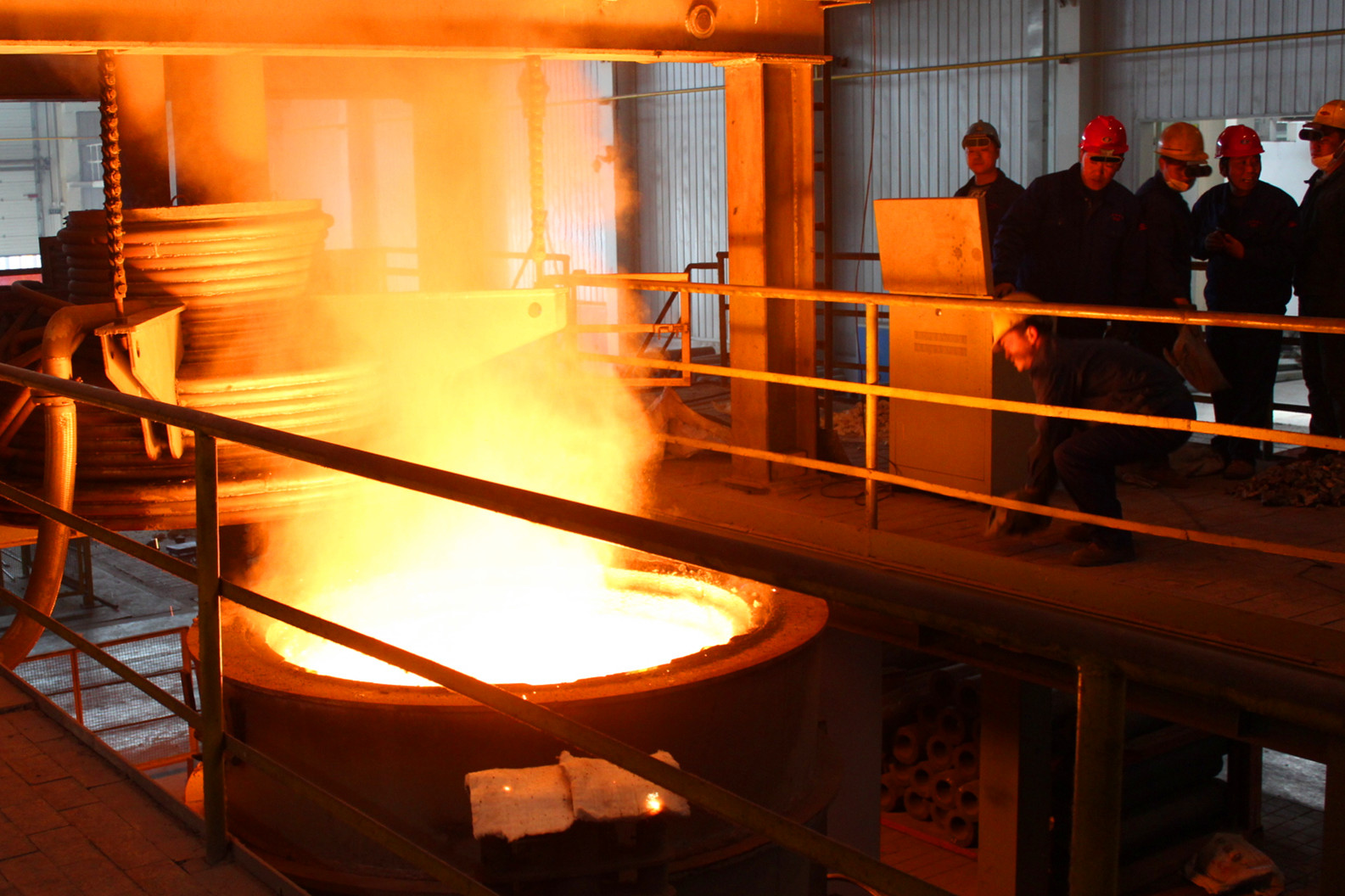Eyl . 27, 2024 05:59 Back to list
Properties and Applications of Pearlitic Cast Iron in Modern Engineering Solutions
The Significance of Pearlitic Cast Iron in Modern Engineering
Pearlitic cast iron is a unique and versatile material that has found its place in various engineering applications, primarily due to its remarkable mechanical properties and cost-effective production. This alloy is a combination of iron and carbon, featuring a microstructure predominantly composed of pearlite, a mixture of ferrite and cementite (iron carbide). Understanding the properties and advantages of pearlitic cast iron is essential for engineers and designers looking to optimize performance in their projects.
One of the defining features of pearlitic cast iron is its high tensile strength and hardness, which are attributes revered in applications requiring durability and resistance against wear. The pearlitic structure, which forms when cast iron is slowly cooled, imparts a sophisticated balance of strength and malleability. This material can easily withstand significant mechanical stress, making it suitable for components such as gears, crankshafts, and heavy machinery parts.
Furthermore, the excellent castability of pearlitic cast iron allows for intricate designs and complex part geometry without compromising the integrity of the material. This characteristic is particularly advantageous in the manufacturing of automotive components, plumbing fixtures, and industrial machinery. The ability to produce finely detailed and dimensionally accurate parts enhances both aesthetic appeal and functionality.
pearlitic cast iron

Thermal conductivity is another notable property of pearlitic cast iron. This alloy can dissipate heat effectively, which is crucial in applications where temperature management is critical. For instance, in engine components, effective heat dissipation contributes to improved performance and longevity, reducing the likelihood of thermal fatigue failures.
Another attractive feature of pearlitic cast iron is its relatively low production cost compared to other materials offering similar mechanical properties. The raw materials used in its production, primarily scrap iron and steel, are readily available and cost-efficient. This economic advantage makes pearlitic cast iron a preferred choice among manufacturers aiming to reduce costs while maintaining high-quality standards.
However, while pearlitic cast iron offers numerous benefits, it is essential to consider its limitations. The brittleness of the material, particularly when subjected to impact loading, could pose challenges in specific applications. Engineers must conduct thorough analyses and material selection processes to ensure that pearlitic cast iron aligns with the performance requirements of the intended application.
In summary, pearlitic cast iron stands out as a significant material in modern engineering, thanks to its impressive mechanical properties, excellent castability, and cost-effectiveness. Its versatility allows for a wide range of applications, from automotive components to industrial machinery. As industries continue to evolve and demand for high-performance materials increases, understanding the role of pearlitic cast iron will be crucial for engineers and designers striving to foster innovation and efficiency in their projects. The future of engineering may very well hinge on our ability to harness the potentials of such remarkable materials.
-
Durable Cast Steel Concrete Pipe Mold Bottom Rings & Base Trays
NewsAug.23,2025
-
Centrifugally Cast Iron Water Main Pipe for Reliable Mains
NewsAug.22,2025
-
Durable Centrifugally Cast Iron Water Main Pipe
NewsAug.11,2025
-
Centrifugally Cast Iron Water Main Pipes for Reliability
NewsAug.10,2025
-
High-Quality Centrifugally Cast Iron Water Main Pipes
NewsAug.09,2025
-
Durable Cast Iron Water Main Pipe & Drainage Solutions
NewsAug.08,2025


